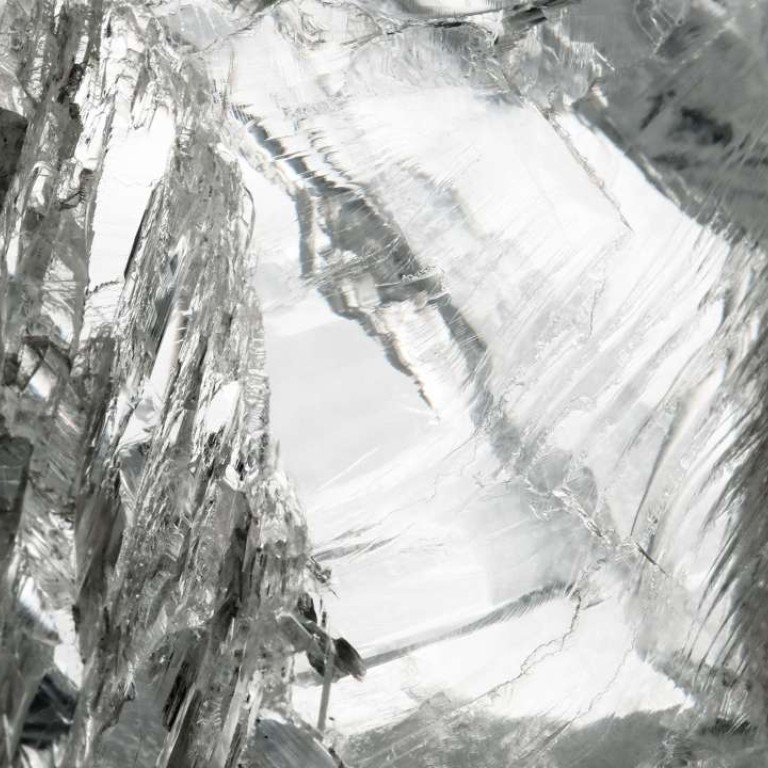Diamond discoveries, mesmerising stones and challenging cuts

Several large diamonds of more than 100ct have been discovered, and master jewellers are wondering how they can cut them to their full potential
In the first nine months of 2016, five diamonds over 100ct were unearthed. Among the new discoveries this year include a A 404ct, 7cm wide, white diamond was unearthed in Angola. The stone, which measures about 7cm wide, Later named the “4 de Fevereiro”, it was rated as a Type IIa diamond, which means the rough-cut stone contains very little or no nitrogen atoms and is virtually flawless. This stone was one of the 30 largest top quality rough diamonds ever found.
In June, luxury jewellers de Grisogono hailed the stone’s size and perfection. I“It is going to be an exceptional diamond,” says the maison’s founder, Fawaz Gruosi. “Once it is cut, it will be 150 carats; which we can consider it is one of the biggest flawless, clean, beautiful, colourless diamonds in the world.”
The past two years have been decidedly good for big diamonds. They saw the discovery of several new, large stones and luxury jewellers unveiling spectacularly large stones to the public.
In the first nine months of 2016, five diamonds of over 100 carats were unearthed. This year’s new discoveries include a 404ct white diamond in Angola. The stone, which measures about 7cm wide, was
rated as a Type IIa, which means the rough-cut diamond contains very little or no nitrogen atoms and is virtually flawless.
The 404ct diamond is less than half the size of the masterpiece unearthed in Botswana late last year. At over 1,109 carats, the Lesedi la Rona was the largest rough diamond discovered in more than a
century and is roughly the size of a tennis ball.
Still, the Lesedi la Rona would look diminutive against the largest diamond ever discovered. Discovered in 1905, the 3,106ct Cullinan diamond discovered in South Africa and has since been cut into 105
diamonds, including the Great Star of Africa and the Lesser Star of Africa, both of which belong to the British monarchy and are now exhibited in London’s Crown Jewels.
Also discovered in the same week as the Lesedi la Rona was an 813ct diamond since named “The Constellation”.
“As a jeweller I am conscious of the extraordinary responsibility I have to the stone and to the team who have worked so hard to secure it”